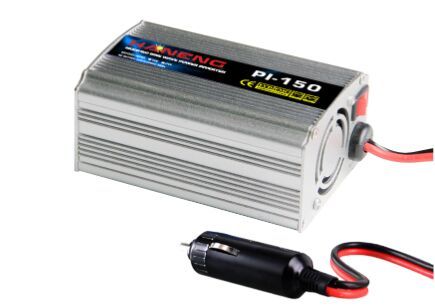A very common use of inverters is the emergency power supply, also known as an uninterruptible power supply. If your home power supply fails during a power outage, you can use UPS as a backup power supply. How does this uninterruptible power supply work?
A typical UPS uses a rechargeable battery to store energy in electronic form (some UPS systems use high-speed flywheels to store energy in a mechanical form and rotate to high speed by a motor). Inverters have built-in battery packs, so they can work independently and also generate a lot of heat, which is why they have large radiators (metal heat sinks) and often cooling fans.

When the power is flowing normally, the battery will be charged with a trick current by direct current, which is generated from an alternating current source using a transformer and a rectifier circuit. If the power supply is interrupted, the rechargeable batteries you can use will generate direct current but need to generate alternating current to power your house. Therefore, when UPS supplies power, the battery pumps DC power through the inverter to generate AC power.
UPS is usually used in combination with surge protectors and voltage optimization equipment to generate flexible power supplies that can withstand spikes, surges, overvoltage, Undervoltage, or complete power outages.
The smallest inverter is a portable box larger than a car radio(frequency inverter way of working). You can plug it into a cigarette lighter socket to generate alternating current to charge a portable computer or mobile phone.
Many inverters can be used as stand-alone units and have battery storage, but they are completely independent of the grid, but other inverters (called utility-interactive inverters or grid-connected inverters) are designed to always be connected to the grid Designed for connection; inverters are used to send electricity such as solar panels back to the grid at the correct voltage and frequency.
Inverters can also be used together with transformers to change a certain DC input voltage to a completely different AC output voltage (higher or lower), but the output power must always be less than the input power: for the sake of energy conservation, reverse The power emitted by the transformer cannot exceed the received power. As the current flows through various electrical and electronic components, the heat must lose some energy. In fact, the efficiency of the inverter usually exceeds 90%.
Although the inverter can provide peak power in a short period of time, it should be noted that the inverter is not really designed to operate at peak power for a long time.